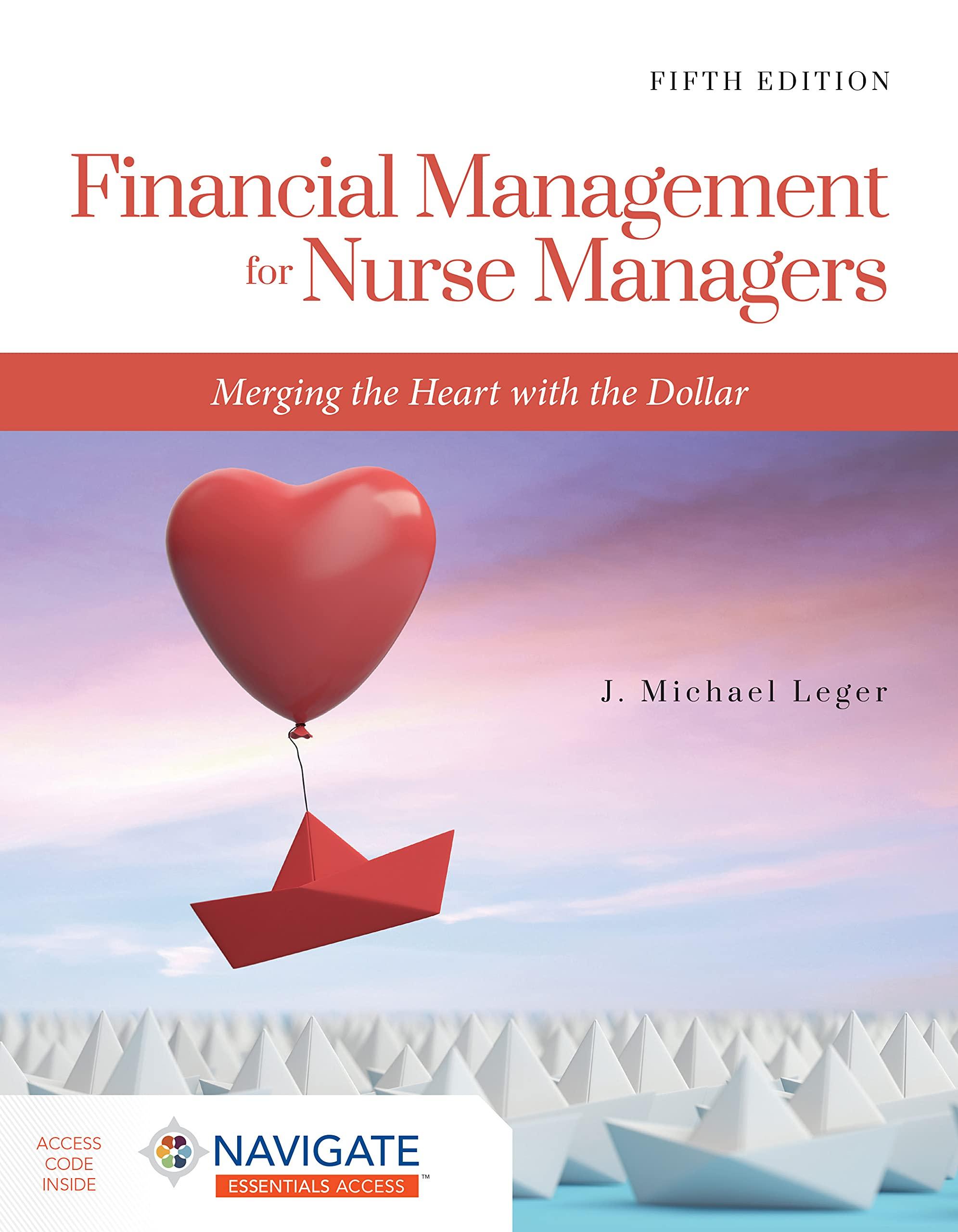Question
The Kenwood Company is evaluating the replacement of one of its machines. The machine was originally purchased ten years ago at a cost of $60,000
The Kenwood Company is evaluating the replacement of one of its machines. The machine was originally purchased ten years ago at a cost of $60,000 and has been depreciated to a book value of zero. If Pioneer replaces the machine, it will be able to bid on larger projects that require the capabilities of the new machine. The new machine will cost the firm $120,000, which will be depreciated over 5 years according to the following MACRS-type depreciation rates: 25% in years 1 and 2, 20% in each of years 3 and 4, and 10% in year 5. The new machine qualifies for an immediate 1% investment tax credit. Kenwood anticipates that at the end of the machines ten-year economic life it will be sold for $5,000. Kenwood estimates that its existing machine can be sold today for $3,000. If Kenwood does not replace the machine, it anticipates being able to use the existing machine for ten more years at which time its salvage value would be zero. Without the purchase of the new machine, Kenwood expects to generate revenue of $200,000 per year. The firms use of its existing machine is expected to generate operating expenses of $170,000 per year. If the new machine is purchased, Kenwood expects the firms annual revenues and operating costs to increase to $250,000 and $190,000 respectively. To support the sales increase, a working capital investment of $5,000 is necessary. Kenwood's marginal tax rate is 30%. If EBT is negative in any year, assume that the firm has positive EBT values in other divisions and that the EBT loss can be applied to those. This would result in a tax savings in each year when EBT is negative for this project. To finance this project, Kenwood will raise 30% of the capital from debt and 70% of the capital from equity; its after-tax cost of debt is 8% and the cost of equity is 18%. This results in a cost of capital of 15%.
a. A) Calculate the NPV for this project.
B) Calculate the IRR for this project; Calculate the IRR to 2 decimals (use Excel)
Step by Step Solution
There are 3 Steps involved in it
Step: 1

Get Instant Access to Expert-Tailored Solutions
See step-by-step solutions with expert insights and AI powered tools for academic success
Step: 2

Step: 3

Ace Your Homework with AI
Get the answers you need in no time with our AI-driven, step-by-step assistance
Get Started


